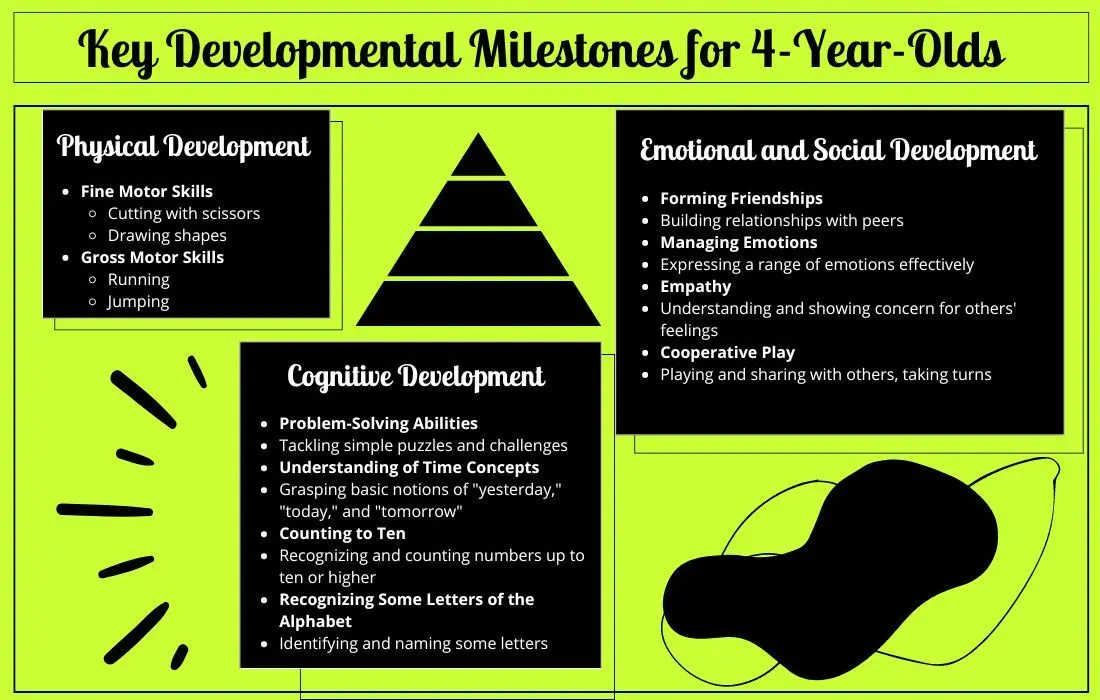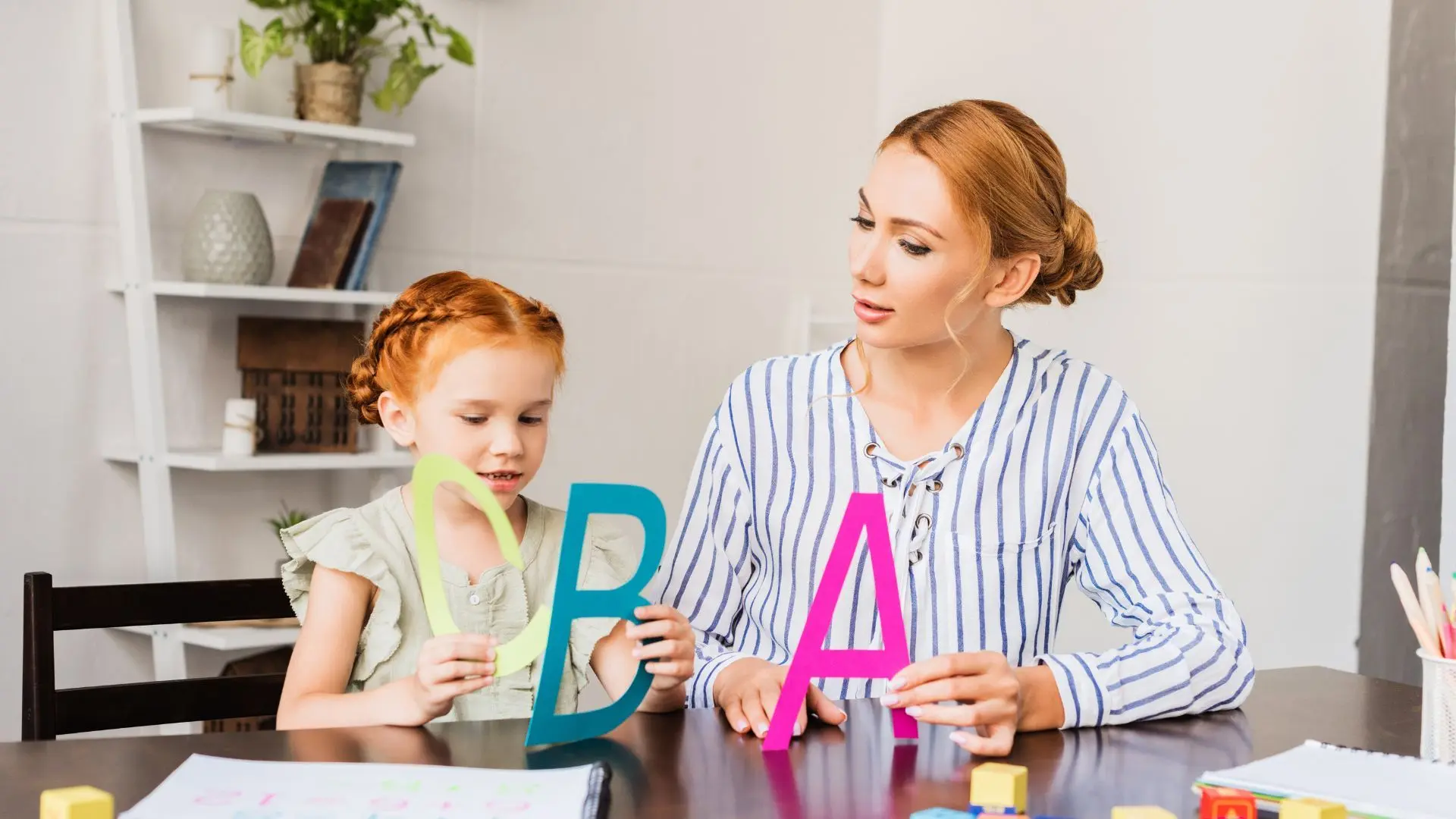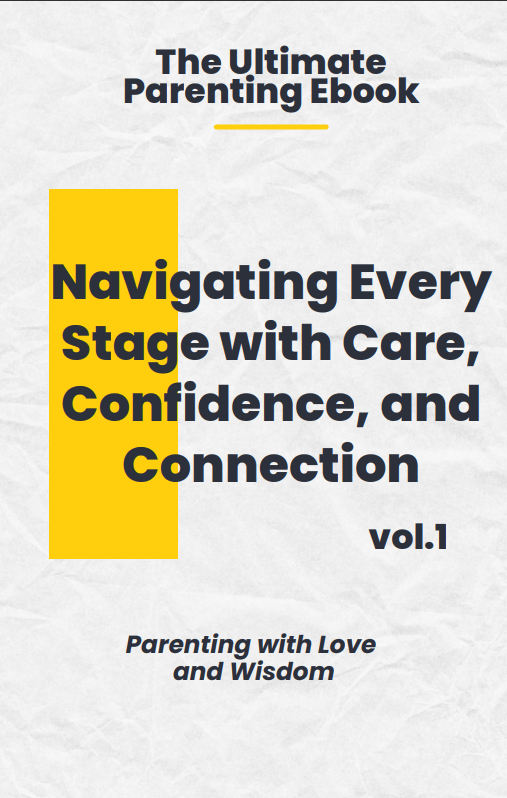Support your 4-year-old’s development with our comprehensive guide on key milestones and growth strategies. Essential tips for every parent.

A 4-year-old’s world is a fascinating blend of rapid development and endless curiosity. At this age, children are in a crucial stage of growth, experiencing significant strides in physical, cognitive, and emotional development.
According to the Centers for Disease Control and Prevention (CDC), a typical 4-year-old child should be able to hop on one foot, catch a bounced ball most of the time, and pour, cut with supervision, and mash their own food.
Furthermore, the report that by age 4, most children can speak in complete sentences and understand basic grammar rules. These milestones not only reflect the physical and cognitive growth of a 4-year-old but also highlight the importance of providing the right support to foster their development.
In this comprehensive guide, we’ll delve into the key developmental milestones for 4-year-olds, what parents can expect, and practical strategies to support their child’s growth. Whether you’re navigating the joys and challenges of parenting a 4-year-old for the first time or seeking new insights, this article offers valuable information to help you understand and nurture your child’s development.
In This Blog
ToggleSection 1: Key Developmental Milestones for 4-Year-Olds
Understanding the developmental milestones of a 4-year-old helps parents gauge their child’s progress and identify areas where additional support might be needed. These milestones cover physical, cognitive, and emotional development.

Physical Development
By the age of 4, children exhibit significant improvements in both fine and gross motor skills. Fine motor skills involve the precise use of small muscles, allowing children to perform tasks like cutting with scissors, drawing various shapes, and handling small objects.
Gross motor skills, on the other hand, involve larger movements like running, jumping, and climbing. A 4-year-old typically enjoys engaging in physical activities that challenge their coordination and balance. For example, they might take pleasure in playing on playground equipment, riding a tricycle, or participating in simple sports.
Cognitive Development
Cognitive development in 4-year-olds is characterized by increased problem-solving abilities and a better understanding of concepts such as time, numbers, and cause-and-effect relationships.
According to the American Academy of Pediatrics (AAP), many 4-year-olds can count to ten or higher, recognize some letters of the alphabet, and understand basic concepts of time like “yesterday,” “today,” and “tomorrow” (AAP, 2021). These cognitive skills are essential for preparing children for the more structured learning environment of school.
Emotional and Social Development
Emotionally and socially, 4-year-olds are learning to form friendships and manage their emotions. They begin to understand the concept of empathy and can express a range of emotions more effectively.
This age is also marked by an increased ability to play cooperatively with peers, share toys, and take turns. Parents may notice their 4-year-old developing preferences for certain friends and showing concern for others’ feelings, which are crucial steps in social development.
Section 2: What to Expect from a 4-Year-Old
Each 4-year-old is unique, but there are common behavioral and communication traits that parents can expect as their child navigates this stage of development.

Behavioral Traits
One of the most notable behavioral traits of a 4-year-old is their growing independence. Children at this age often want to do things on their own and may assert their preferences more strongly. This can manifest as a desire to choose their clothes, decide what games to play, or select foods to eat. While this independence is a positive sign of growth, it can also lead to power struggles with parents. Understanding this need for autonomy can help parents provide appropriate choices and set boundaries.
Another characteristic of 4-year-olds is their insatiable curiosity. They ask a lot of questions about the world around them, seeking to understand how things work. This curiosity is a driving force behind their learning and development. Parents can nurture this trait by providing answers, exploring new topics together, and encouraging their child’s inquisitive nature.
Communication Skills
A 4-year-old’s communication skills are rapidly expanding. They can use complete sentences, understand and follow multi-step directions, and engage in more complex conversations. Their vocabulary is growing, and they begin to use more descriptive language. For instance, instead of simply saying “dog,” a 4-year-old might say “big brown dog.” This development in communication is crucial for social interactions and future academic success.
Parents can support their child’s language development by reading together, having regular conversations, and introducing new words in everyday contexts. Encouraging storytelling and imaginative play also helps enhance their communication skills.
Section 3: How to Support Your 4-Year-Old’s Growth
Supporting the development of a 4-year-old involves providing a nurturing environment that encourages learning, exploration, and emotional well-being. Here are several strategies to help parents foster their child’s growth.
Educational Activities
Engaging your 4-year-old in educational activities is vital for their cognitive development. Interactive games and puzzles can improve problem-solving skills and logical thinking. Simple board games that require counting, matching, or memory are excellent choices. Additionally, reading together is one of the most effective ways to support language development. Choose books that are age-appropriate and incorporate rich vocabulary and storytelling elements.

Introducing basic math and science concepts through play is also beneficial. For example, you can count objects together, explore patterns, or conduct simple experiments like mixing baking soda and vinegar to create a reaction. These activities not only make learning enjoyable but also establish a strong foundation for future academic achievement.
Physical Activities
Physical activity is essential for the overall development of a 4-year-old. Encourage outdoor play, sports, and fine motor skill exercises to enhance their physical abilities. Activities like running, jumping, and climbing help develop gross motor skills, while tasks such as drawing, cutting with scissors, and building with blocks improve fine motor skills.
Consider enrolling your child in sports classes, which promote coordination, and social interaction. Swimming or water play can also be beneficial, offering both exercise and fun. Ensuring your child stays active helps build a healthy lifestyle and supports their physical growth.
Emotional and Social Support
Supporting the emotional and social development of a 4-year-old is equally important. Encourage playdates with peers to help your child develop social skills and form friendships. Teaching empathy and sharing can be done through role-playing scenarios and discussing feelings. For example, you can use dolls or stuffed animals to act out situations where your child needs to share or comfort a friend.

Practicing patience and turn-taking can be integrated into daily activities. Games that require taking turns or waiting for a turn help children understand these concepts. Additionally, providing positive reinforcement and acknowledging their efforts in managing emotions and social interactions can boost their confidence.
Nutritional Support
A balanced diet is crucial for a 4-year-old’s growth and development. Ensure your child’s diet includes a variety of fruits, vegetables, proteins, and whole grains. Involving your child in meal preparation can make them more interested in trying new foods and understanding the importance of nutrition.
Limit sugary snacks and drinks, and encourage healthy eating habits by offering nutritious options. Establishing regular meal and snack times helps create a routine and supports overall health.
Creating a Learning Environment
Creating a conducive learning environment at home can significantly impact your 4-year-old’s development. Set up a dedicated play and learning space equipped with books, toys, and educational materials. This space should be inviting and organized, allowing your child to explore and learn independently.

Providing a variety of books, puzzles, art supplies, and educational toys encourages curiosity and creativity. Rotate the materials periodically to keep the environment stimulating and engaging.
Parental Involvement
Active parental involvement is key to supporting a 4-year-old’s growth. Regularly communicating with your child, actively listening to their thoughts and concerns, and spending quality one-on-one time together fosters a strong parent-child bond. This connection provides a secure base from which your child can explore and develop.
Set aside time each day for activities that you and your child can enjoy together, whether it’s reading, playing a game, or simply talking about their day. Showing interest and engagement in their activities reinforces their sense of value and importance.
Section 4: Common Challenges and Solutions
Parenting a 4-year-old comes with its share of challenges. Understanding these common issues and having strategies to address them can make this stage more manageable.
Dealing with Tantrums
Tantrums are a normal part of development for 4-year-olds as they learn to manage their emotions. When faced with a tantrum, it’s important to stay calm and consistent. Techniques for soothing and redirecting can include offering comfort, distraction, or a quiet space for your child to calm down.
Understanding the triggers for tantrums can help prevent them. Common triggers include hunger, fatigue, and frustration. Keeping a consistent routine and ensuring your child’s basic needs are met can reduce the likelihood of tantrums.
Encouraging Healthy Habits
Establishing routines for eating and sleeping is crucial for a 4-year-old’s well-being. Consistent meal and snack times, along with a bedtime routine, help regulate your child’s body clock and promote healthy habits. Encourage physical activity and limit screen time to ensure your child stays active and engaged in real-world interactions.

Promoting physical activity can be as simple as daily outdoor play or organized sports. Limiting screen time by setting boundaries and providing alternative activities like reading or playing with toys helps maintain a balanced lifestyle.
Managing Behavioral Issues
Behavioral issues such as defiance and testing boundaries are common in 4-year-olds. Addressing these behaviors requires patience and consistency. Positive reinforcement strategies, such as praising good behavior and providing small rewards, can be effective. Setting clear and consistent rules helps your child understand expectations and limits.
When dealing with defiance, it’s important to remain calm and avoid power struggles. Instead, offer choices within acceptable boundaries to give your child a sense of control. For example, you can let them choose between two healthy snack options or select their outfit from two choices.
Social Interaction Difficulties
Some 4-year-olds may struggle with social interactions, either being too shy or overly aggressive. Helping your child navigate these difficulties involves teaching social skills through practice and example. Encourage your child to make friends and play cooperatively by setting up playdates and guiding them through interactions.
Addressing shy behavior can involve gradual exposure to social situations while managing aggressive behavior requires setting clear boundaries and providing alternatives for expressing frustration. Role-playing social scenarios and discussing feelings can also help your child understand and improve their social skills.
Separation Anxiety
Separation anxiety is common in 4-year-olds as they become more aware of their surroundings and relationships. Gradual exposure techniques, such as leaving your child with a trusted caregiver for short periods and gradually increasing the time, can help them adjust. Comforting rituals for goodbyes, like a special hug or a goodbye song, provide reassurance.

Building your child’s confidence and independence through encouraging solo play and celebrating their achievements can also reduce separation anxiety. Reassuring your child that you will return and maintaining a consistent routine can further ease their anxiety.
Conclusion
In summary, understanding the development of a 4-year-old and knowing how to support their growth can significantly impact their overall well-being and future success. From physical and cognitive milestones to emotional and social development, each aspect plays a crucial role in shaping a child’s growth.
Parents can support their 4-year-old through educational and physical activities, emotional and social guidance, and by creating a nurturing environment. Addressing common challenges with patience and consistency can make this stage of development more manageable and rewarding.
Every child is unique, and it’s essential to celebrate their individuality and progress. As you navigate this exciting journey with your 4-year-old, remember that your love, support, and involvement are the foundation for their growth and development.
We’d love to hear from you! Share your experiences, tips, or questions in the comments below. Your insights can help other parents on this journey.
You may also be interested in : Best Practices in Early Childhood Education: Tips for Parents
FAQs
1. What are the key physical milestones for a 4-year-old?
At 4 years old, children typically develop fine motor skills like cutting with scissors and drawing shapes, and gross motor skills such as running and jumping.
2. How can I support my 4 year old’s cognitive development?
Encourage problem-solving through puzzles, introduce basic concepts of time, count objects together, and practice recognizing letters to boost cognitive skills.
3. What social skills should a 4-year-old have?
A 4-year-old should be forming friendships, managing emotions, showing empathy, and engaging in cooperative play, all crucial for social development.
4. How can I help my 4-year-old manage emotions?
Teach them to express feelings with words, model appropriate emotional responses, and provide a supportive environment for them to practice self-regulation.
5. What are effective activities for a 4-year-old’s physical development?
Activities like outdoor play, sports, dancing, and fine motor tasks such as drawing or building with blocks can enhance physical development.
6. How do I foster empathy in my 4-year-old?
Role-playing scenarios, discussing feelings, and modeling empathetic behavior yourself can help your child learn to understand and share others’ emotions.
7. What should I do if my 4-year-old is picky about food?
Involve them in meal preparation, offer a variety of healthy foods, and avoid forcing them to eat, which can make mealtime more enjoyable and nutritious.
8. How can I encourage my 4-year-old’s language development?
Read together, engage in regular conversations, introduce new vocabulary in context, and encourage storytelling and imaginative play to enhance language skills.
9. What are some common challenges with 4-year-olds?
Common challenges include tantrums, defiance, social interaction difficulties, and separation anxiety, all of which can be managed with patience and consistency.
10. How can I create a conducive learning environment for my 4-year-old?
Set up a dedicated play and learning space with books, educational toys, and art supplies, ensuring it’s organized and stimulating for independent exploration.




